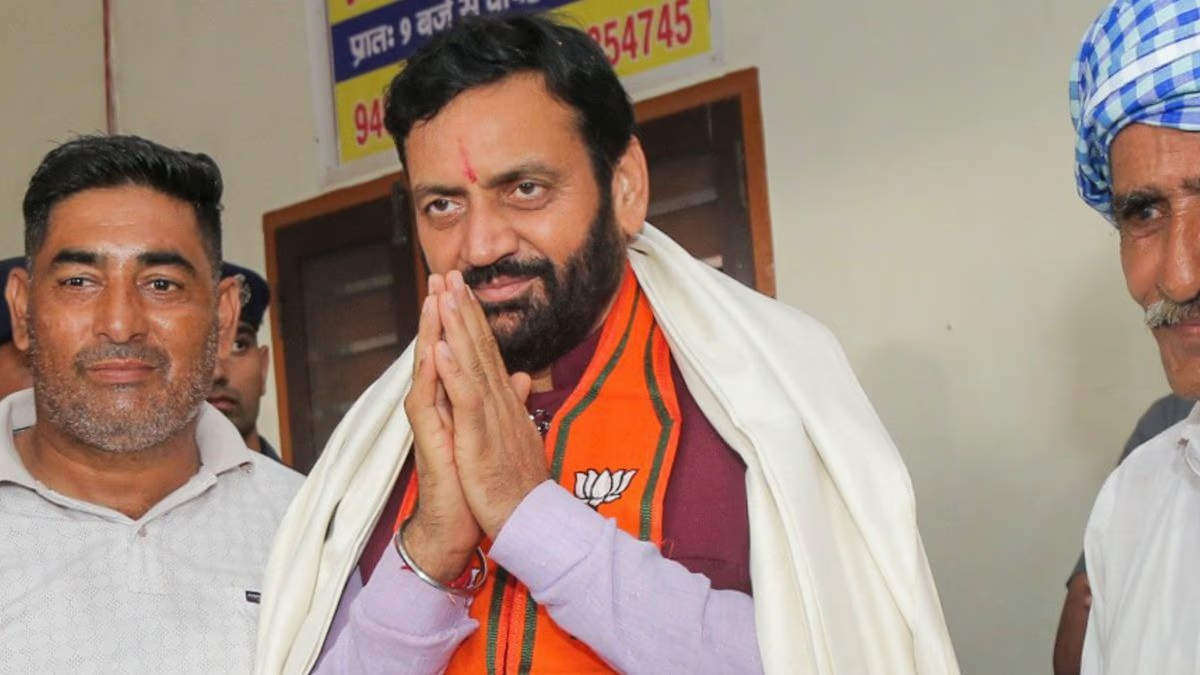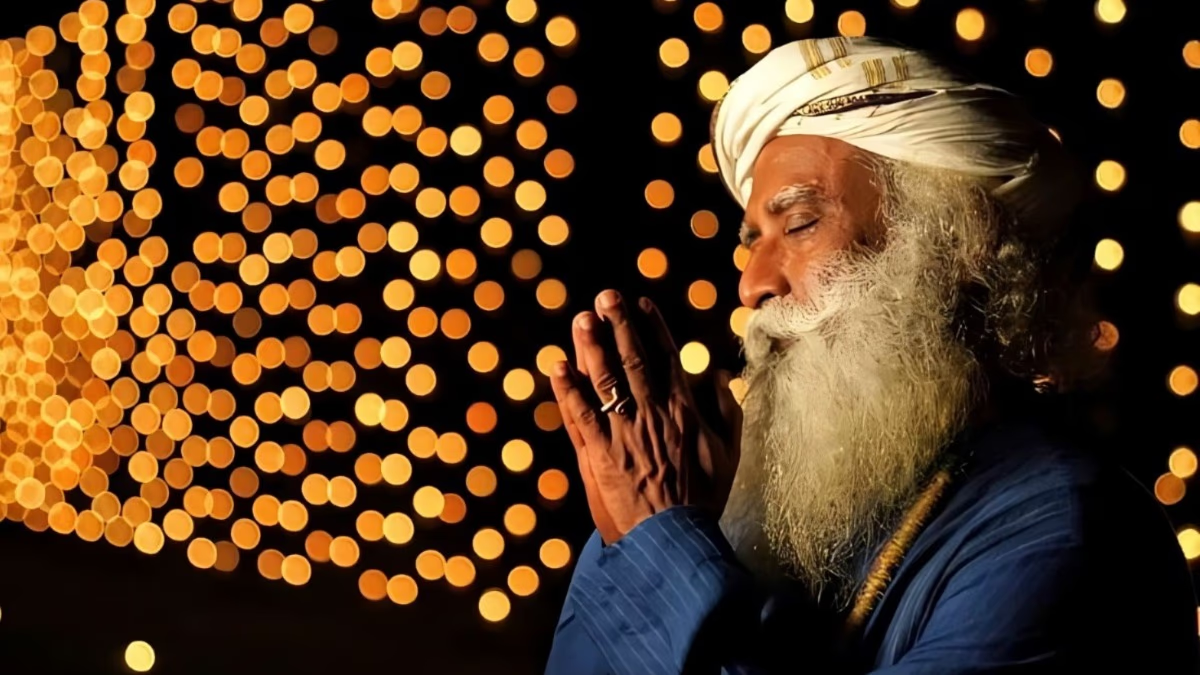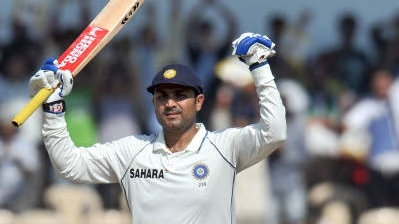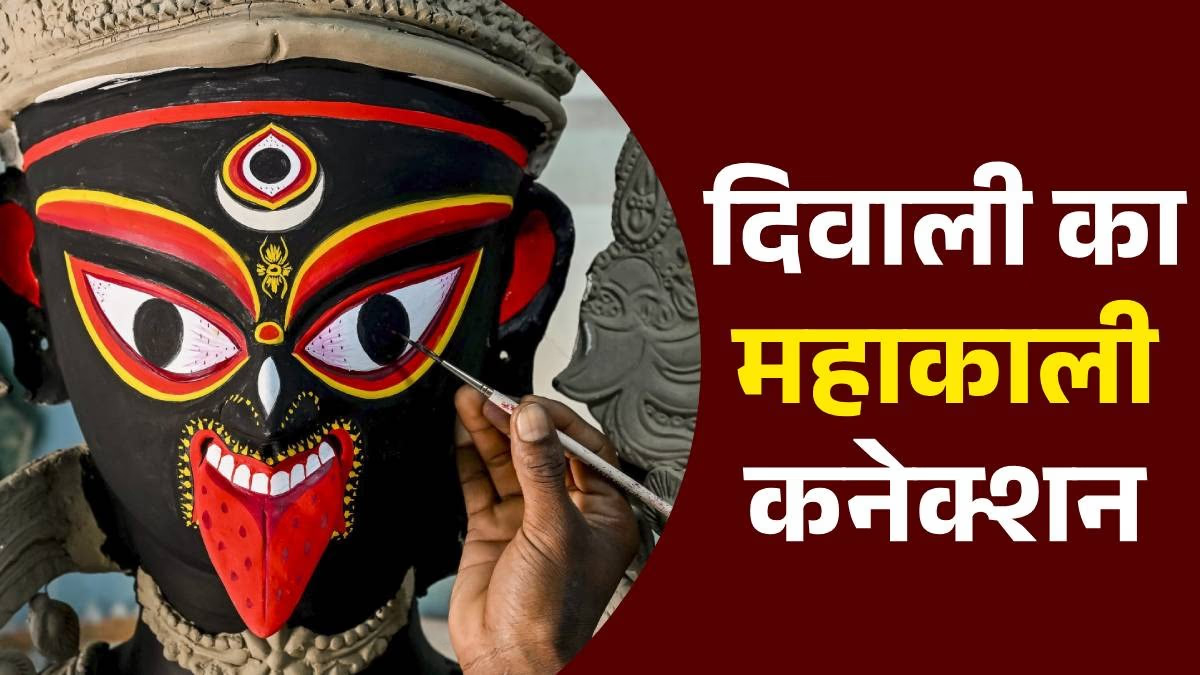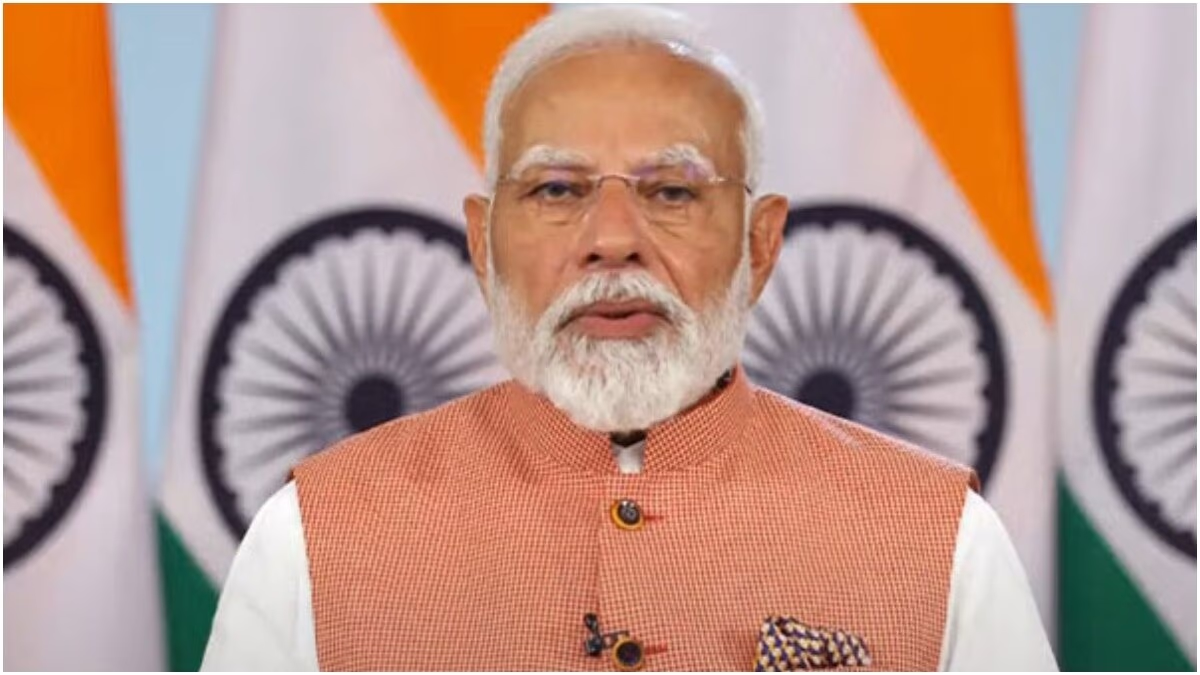In 1967, Haryana emerged as a separate state from Punjab with Pandit Bhagwat Dayal Sharma as its first Chief Minister. Over the next 57 years, Haryana's electoral history witnessed many political phases from 'Aya Ram-Gaya Ram' episodes to landslide victories. The people have often embraced a party wholeheartedly, only to later dismiss it just as promptly. This election, the voters of Jatland have embraced the Bharatiya Janata Party (BJP) wholeheartedly.
The people of Haryana have handed BJP the reins of power for the third consecutive time. With a win in 48 of the 90 seats of the Haryana Assembly, BJP has retained power once again. Meanwhile, the opposition Congress’s victory chariot halted at 37 seats. The public outright rejected Dushyant Chautala's party, which claimed to hold the key to power. This election was considered a stern test on issues concerning youth and farmers for BJP, in which the party has succeeded. Alongside the Hooda family's reputation, several trends were at stake. Some trends remained unchanged while others did not. Let's take a closer look at these trends.
Third Time Government:
Since 1967 in Haryana, there were three instances when the people of Jatland gave a party the mandate to form the government a second time, but it never happened for a third time consecutively. In 1968 and 1972, Congress won. It was the first occasion in the electoral history of this new state when a government was repeated. Congress remained in power from 2005 and 2009, while BJP held sway in 2014 and 2019. This time, the trend of not receiving a third-time mandate was broken. In the 2024 assembly elections, Haryana's public repeated a party's government for the first time for a third time consecutively.
Full Majority, Hung and Clear Out:
Among the repeated governments in Haryana, excluding the 1972 election, a trend persisted: after a full majority, a hung assembly would occur, followed by an exit from power. Congress, which took power in the 2005 elections, succeeded in forming the government in 2009 despite not reaching a majority. Congress exited power in the 2014 elections. With BJP's victory in 2014, the party continued to govern in 2019, though without a majority. In 2024, alongside BJP's success, the trend of a hung assembly and then an exit from power was broken.
The 40 Dilemma:
In the 2009 assembly elections, Congress won 40 seats. Despite forming a government then, they faced severe defeat in the subsequent election. In the 2019 elections, BJP too got stuck at 40 seats. Given the exit poll forecasts suggesting the end of Saini’s government, it was believed the 40 dilemma persisting would imply loss of power, but it didn’t happen. BJP leaped forward this time, surpassing the full majority mark.
The Haryana election shattered several dreams and narratives related to youth and farmers. Amidst this wave of change, one trend remained intact. That trend is the singular leadership between Delhi and Chandigarh. Since Haryana became a separate state, barring a few years, the state has been governed by the same party in power at the center. From 1991 until now, this trend of unified governance has persisted once again.
